Introduction to Oatmeal
Oatmeal, a warm and comforting breakfast staple enjoyed by many, is not just a delightful way to start your day but also a nutritious meal packed with health benefits. Made primarily from oats, oatmeal is versatile, easy to prepare, and can be customized to suit various tastes and dietary preferences. Whether you prefer a creamy, smooth texture or a chunky, hearty bowl, learning how to make oatmeal can be both rewarding and satisfying.
In this comprehensive guide, we will explore the basics of oatmeal, the different types of oats available, the essential steps for making perfect oatmeal, various cooking methods, tips for flavoring and topping your oatmeal, and even some innovative recipes to keep your morning meals exciting. By the end, you’ll be an oatmeal-making expert, ready to create delicious and nutritious bowls that cater to your unique preferences.
Understanding the Types of Oats
Before diving into how to make oatmeal, it’s crucial to understand the different types of oats available. Each type has its unique texture, cooking time, and nutritional profile, which can affect the final outcome of your oatmeal.
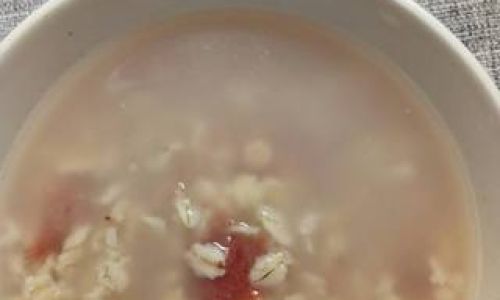
-
Rolled Oats
- Description: Rolled oats, also known as old-fashioned oats, are flattened oats that have been steamed and rolled into flakes.
- Texture: They have a chewier texture and a nutty flavor.
- Cooking Time: Rolled oats take about 5-10 minutes to cook on the stovetop or can be soaked overnight.
- Nutrition: They are a good source of fiber, iron, and magnesium.
-
Quick Oats
- Description: Quick oats are rolled oats that have been cut into smaller pieces, making them cook faster.
- Texture: They have a softer, smoother texture compared to rolled oats.
- Cooking Time: Quick oats cook in about 1-3 minutes on the stovetop.
- Nutrition: Similar to rolled oats but with a slightly faster cooking time.
-
Instant Oatmeal
- Description: Instant oatmeal is pre-cooked and dried, often coming in flavored packets.
- Texture: It has a softer, mushier texture when cooked.
- Cooking Time: Instant oatmeal can be prepared by adding hot water or milk and letting it sit for a minute or two.
- Nutrition: Can vary depending on the packet, often containing added sugars and artificial ingredients.
-
Steel-Cut Oats
- Description: Steel-cut oats, also known as Irish oats, are whole oat kernels that have been cut into two or three pieces.
- Texture: They have a chewy, hearty texture and a nutty flavor.
- Cooking Time: Steel-cut oats take the longest to cook, usually around 20-30 minutes on the stovetop.
- Nutrition: High in fiber, protein, and essential minerals.
-
Scottish Oatmeal (Pinhead Oats)
- Description: Scottish oatmeal consists of coarse, broken pieces of oat groats.
- Texture: They have a dense, chewy texture.
- Cooking Time: Similar to steel-cut oats, taking around 20-30 minutes to cook.
- Nutrition: Rich in fiber and essential nutrients.
Basic Steps for Making Oatmeal
Now that you’re familiar with the different types of oats, let’s dive into the basic steps for making oatmeal. These steps will apply to most types of oats, with slight variations depending on the cooking time and method.
-
Choose Your Oats
Decide which type of oats you want to use based on your preferred texture, cooking time, and nutritional needs.
-
Measure the Oats
Typically, 1/2 cup to 1 cup of oats per serving is a good starting point. Adjust the amount based on your hunger level and the size of your bowl.
-
Select Your Liquid
Water, milk (dairy or non-dairy), or a combination of both can be used. The amount of liquid needed will vary based on the type of oats and your preferred consistency. Generally, use about 1.5 to 2 cups of liquid per 1 cup of oats.
-
Add Seasonings and Flavorings (Optional)
You can add salt, cinnamon, vanilla extract, or other spices and extracts to enhance the flavor of your oatmeal.
-
Cook the Oatmeal

- Stovetop Method: Bring the liquid to a boil in a saucepan. Add the oats and any seasonings, reduce the heat to low, and simmer, stirring occasionally, until the oats reach your desired consistency.
- Microwave Method: Combine oats, liquid, and seasonings in a microwave-safe bowl. Microwave on high for 2-5 minutes, stirring halfway through, until the oats are cooked to your liking.
- Overnight Method: Combine oats, liquid, and seasonings in a container. Cover and refrigerate overnight. In the morning, stir and heat if necessary.
- Instant Method: Follow the package instructions for instant oatmeal, typically involving adding hot water or milk and letting it sit for a few minutes.
-
Adjust Consistency
If the oatmeal is too thick, add more liquid. If it’s too thin, cook for a bit longer or add more oats.
-
Serve and Enjoy
Pour the cooked oatmeal into a bowl and add your favorite toppings.
Tips for Perfect Oatmeal
-
Watch the Stove
When cooking oatmeal on the stovetop, keep a close eye on it to prevent burning. Stir frequently, especially towards the end of cooking.
-
Use a Non-Stick Pan
A non-stick pan can make cooking and cleaning up easier.
-
Experiment with Liquids
Different liquids can add unique flavors to your oatmeal. Try using almond milk, coconut milk, or even broth for a savory twist.
-
Add Protein
For a more filling meal, add protein sources like nuts, seeds, Greek yogurt, or a scoop of protein powder.
-
Sweeten Naturally
If you like sweet oatmeal, use natural sweeteners like honey, maple syrup, or a sprinkle of cinnamon and nutmeg.
-
Texture Preferences
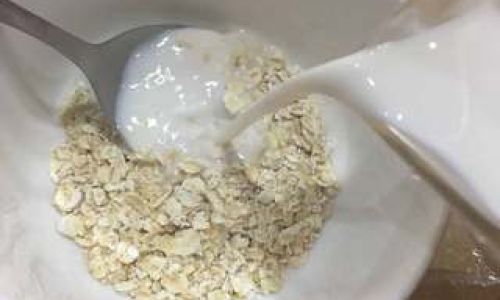
If you prefer a creamier texture, use a blender to puree some or all of the oatmeal after cooking. For a chunkier texture, add mix-ins like chopped fruit, nuts, or seeds.
Flavoring and Topping Ideas
Oatmeal is incredibly versatile and can be customized with a wide variety of toppings and flavorings. Here are some ideas to inspire your oatmeal creations:
-
Fruits
Fresh or frozen berries, bananas, apples, peaches, or mangoes can add natural sweetness and vitamins.
-
Nuts and Seeds
Almonds, walnuts, chia seeds, flaxseeds, or sunflower seeds can boost the protein and healthy fats in your oatmeal.
-
Dairy and Non-Dairy Alternatives
Add a dollop of Greek yogurt, coconut yogurt, or almond milk for added creaminess and protein.
-
Spices and Extracts
Cinnamon, nutmeg, cardamom, or vanilla extract can add warmth and depth to your oatmeal.
-
Sweeteners
Use honey, maple syrup, agave nectar, or a sprinkle of brown sugar to sweeten your oatmeal naturally.
-
Healthy Fats
Drizzle with a little coconut oil, avocado oil, or a nut butter like almond or peanut butter for added richness.
-
Grains and Legumes
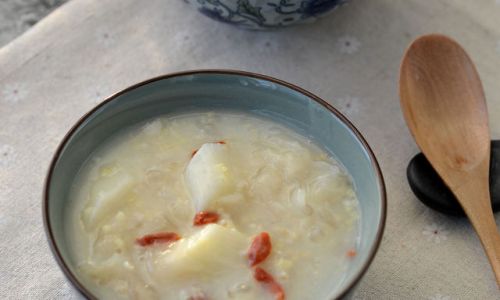
Mix in a handful of quinoa, barley, or black beans for added texture and nutrition.
-
Savory Options
For a savory breakfast, try adding sautéed vegetables, a poached egg, or a sprinkle of cheese and herbs.
Innovative Oatmeal Recipes
To keep your oatmeal exciting, here are a few innovative recipes to try:
-
Apple Cinnamon Oatmeal
Cook rolled oats with apple cider vinegar, cinnamon, and a chopped apple. Top with a handful of chopped walnuts and a drizzle of honey.
-
Banana Peanut Butter Oatmeal
Cook steel-cut oats with a mashed banana and a tablespoon of peanut butter. Top with sliced bananas and a sprinkle of chia seeds.
-
Berry Chia Oatmeal Parfait
Layer cooked rolled oats with Greek yogurt, mixed berries, and a chia seed pudding. Drizzle with honey and top with granola.
-
Savory Vegetable Oatmeal
Sautée diced vegetables like bell peppers, onions, and spinach. Add cooked steel-cut oats and a splash of vegetable broth. Top with a poached egg


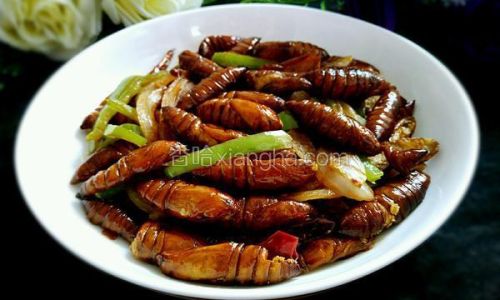


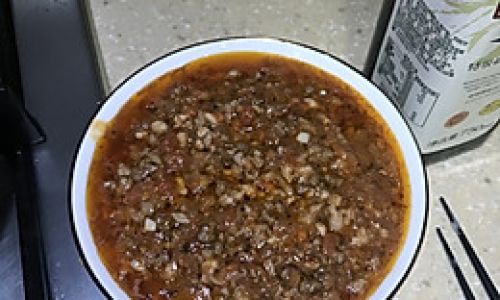
0 comments